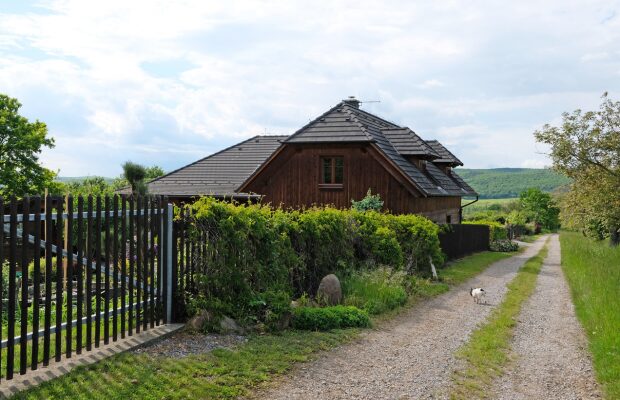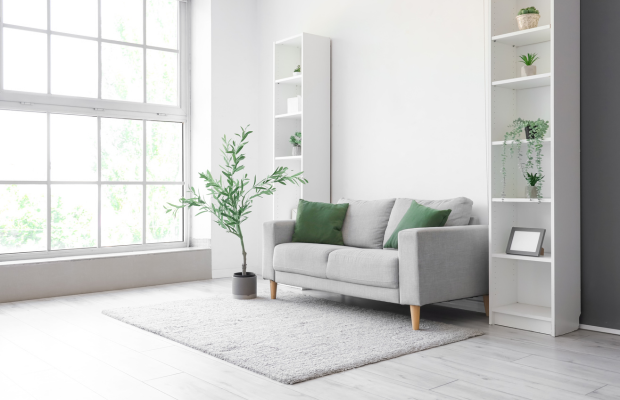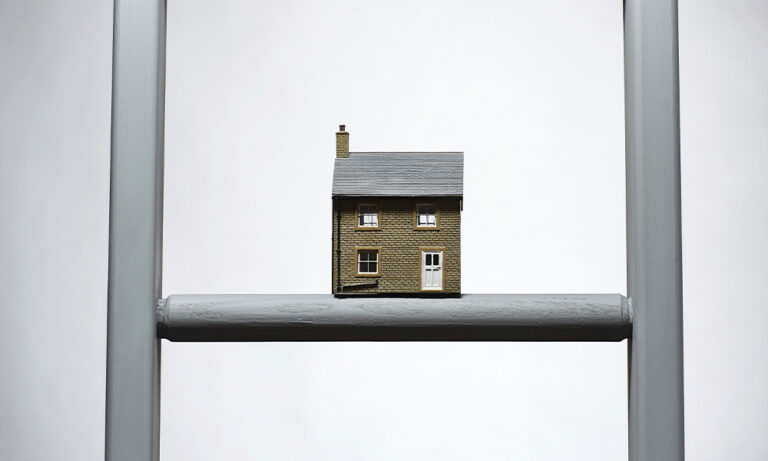Stepping into the world of buy-to-let commands prospective landlords to ask themselves countless questions before taking the plunge, one of the most pressing being; which type of property works best as an investment?
In actuality, any rental property is a great investment to make, and the decision should come down to which property will work best for you and your goals as an investor. If you’re struggling to choose between a house or a flat, here are some of the key differences between the two which might help you reach your decision…
Buying a house to let
Houses are a great option if you’re planning on marketing towards a demographic of affluent tenants and families, and people are often willing to pay more rent for more space. Buying a house to let can also offer driveways and garages for parking – another feature that is highly desirable to renters.
Landlords can benefit from multiple rooms within a house, and house shares might be more appealing to some tenants than sharing a flat with a roommate, as houses allow more space and privacy. The flexibility offered by houses is handy for investors, as it allows potential to change the way you market the property should you wish to later down the line. This could mean letting out the house as one unit, or even converting to sub-divided bedsits or self-contained units. Because of this, houses have wide appeal, and the risk of void periods is minimised.
Depending on location, buy-to-let houses have the potential to grow in value faster than flats, and have more potential for expansion and improvement which can vastly increase the value. Due to having more space, the possibilities are endless for improvement – from extra bedrooms, loft conversions and conservatories – the scope for renovating is ideally broad.
Having more space to let out can come with its setbacks, and although house shares are especially fruitful for landlords, they will require a little more groundwork and maintenance as each bedroom has a tenancy of its own, and therefore more possible void periods to manage.
Houses being sparsely found in city locations can also be seen as a drawback for some landlords, as properties situated in more rural locations are less likely to cash in on demand from students and commuters. However, this does not diminish thriving demand for houses, as long as they are marketed towards renters who require key features of house such as more space. Therefore, it’s important to consider which type of tenant you’re looking for before buying a buy to let a property and how exactly you should market the property for that pool of tenants.
Buying a flat to let
Flats are often much cheaper to buy than houses because they are smaller, and they are also easier to turn around between tenants. Flats are ideal for students and young professional tenants who are more likely to live in city centres due to their jobs, and these tenants may be willing to pay a higher rent in order to secure a property that meets their needs.
Flats also provide excellent flexibility because all rooms are on the same level, making it easier to move things around. You could, for example, move the kitchen into the living room to create an open-plan living space, freeing up space for an extra bedroom or study. Houses have less leeway in this regard, but it is not impossible.
Because of their proximity to local amenities, workplaces, and schools, prime town and city locations are extremely desirable. If there is a chance of a quick turnaround, it can be met tenfold by a high demand, and buying a flat to let makes readily available than houses. This reduces the possibility of void periods, as tenant demand in city locations never stops. Flats can also offer accommodation for single tenants, which could be a key selling point for those who see roommates as a dealbreaker.
The reliability for demand found in urban areas is ideal for those looking to earn a stable secondary income from letting out a property, and it also allows landlords to keep their rent prices competitive with other valuable properties in the same area.
Maintenance for flats is often less difficult due to the possibility of communal areas and outdoor spaces – for which the development’s owner is responsible. Less space also means less room for mistakes or damage to occur.
One of the potential issues regarding buying a flat to let, is that it is likely to be leasehold rather than freehold. Leasehold tenures come with responsibilities and extra costs, as you will own the flat but not the building it resides in. It’s important to devote some time into researching every possible property before making your decision, and weigh up how the tenure can work with your future plans for your investment.
It’s also worth noting that flats appeal to young tenants and students who may not have much experience renting; therefore, landlords must choose their tenants carefully and conduct all necessary background checks to ensure the property (and its neighbours) are well cared for.
Find out more about our landlord services today.




